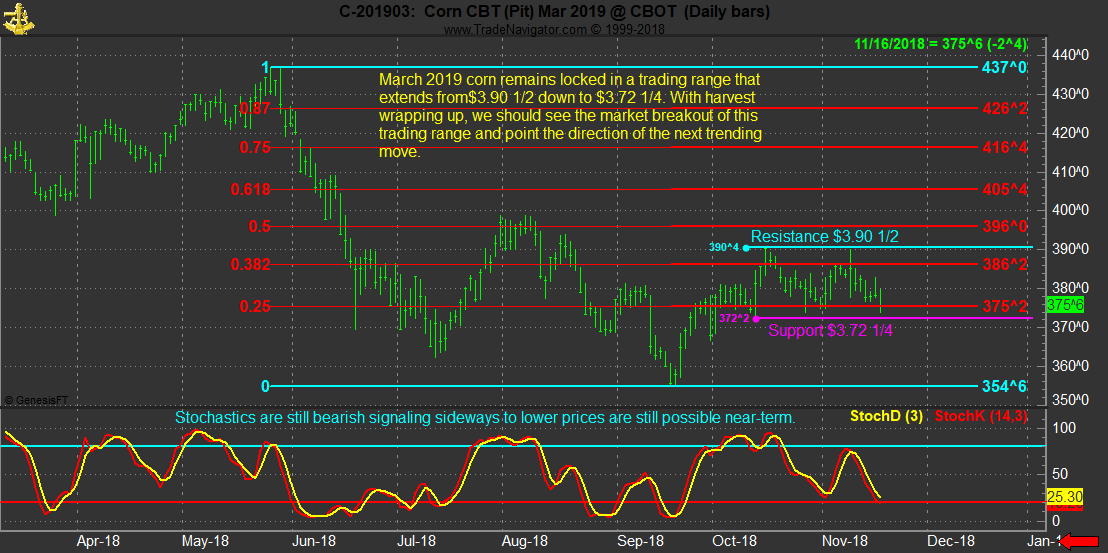

tallpine,
Thanks for the bonus chart of corn!
If possible, I hope to be showing some South America weather stuff again.
Crop progress report:
https://release.nass.usda.gov/reports/prog4718.txt
Corn 90% harvested vs 93% average
Beans 91% vs 96%
Cotton 59% harvested vs 69% average
Winter wheat 93% planted vs 97% average. That seems mildly bullish to me. With the current weather pattern, there doesn't appear to be much chance for unplanted in much of that area to get planted, germinate and become established before Winter comes and causes dormancy.
In fact, recently planted wheat that has not emerged is not going to get established before Winter..........unless the pattern turns unusually mild in December.
Even recently emerged wheat will not have a chance to develop many tillers with these cold temperatures and development shutting down.
Not sure what the acreage number on planted wheat is projected to be but it's probably going down on the next estimate.
More on that in the next post.
https://cropwatch.unl.edu/how-late-can-you-seed-winter-wheat-and-still-produce-grain
Kansas State University researchers conducted a seven-year study (1985-1991) at Garden City, Kansas, where they seeded winter wheat every month from October 1 to April 1. They used a seeding rate of 80 lb/acre of TAM 107.
Grain yields declined progressively the longer planting was delayed after October 1, the optimum planting date for the area (Table 1). Planting dates from October 1 through January 1 provided yields of 50%-100% of full yields. Wheat planted on all dates through March 1 headed and produced grain yields each year. Wheat planted on April 1 did not receive enough cold winter weather to vernalize and so failed each year to head out or produce grain.
With the later planting dates, the grain-filling period was progressively shortened and delayed into warmer weather. This period was hastened by an average of 1.7 days with each monthly delay. The average daily temperature during this grain-filling period increased by an average of 1.5°F per monthly planting delay and became progressively less favorable for plant productivity. Thus, general declines occurred in mature plant height, number of heads per plant, number of kernels per plant, and grain test weight.
Resulting relative grain yields tapered off with progressive planting dates as follows:
October 1 = 100%
November 1 = 77%
December 1 = 59%
January 1 = 57%
February 1 = 41%, and
March 1 = 16%.